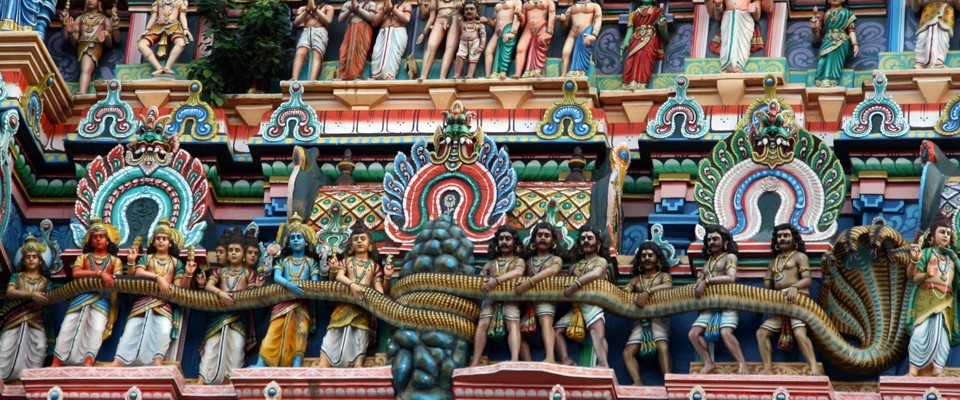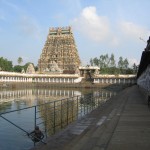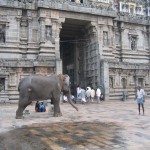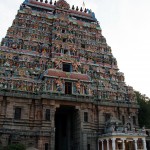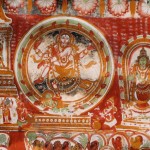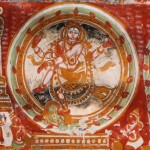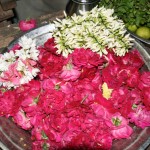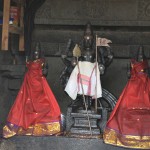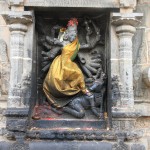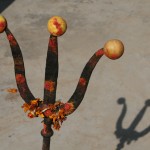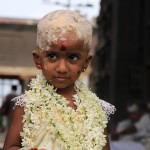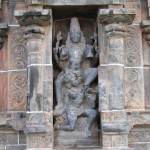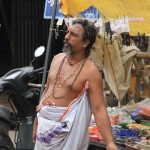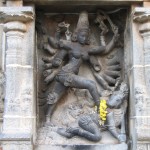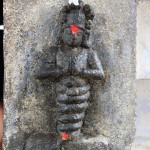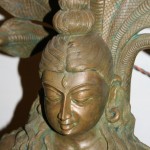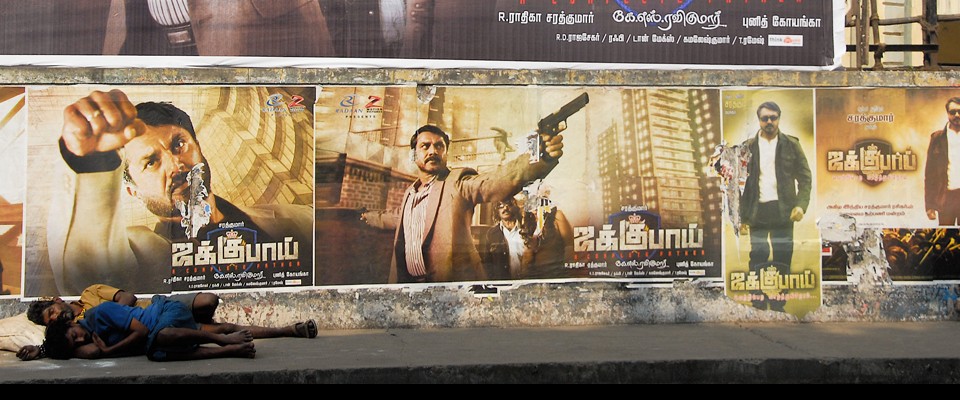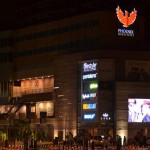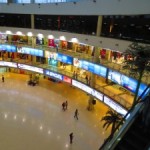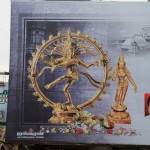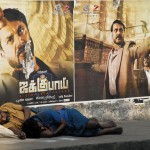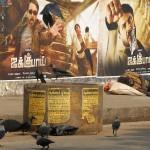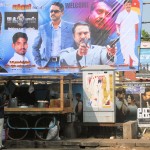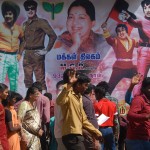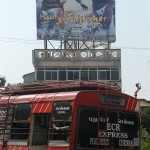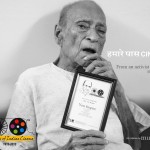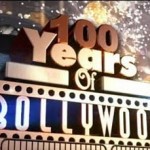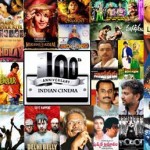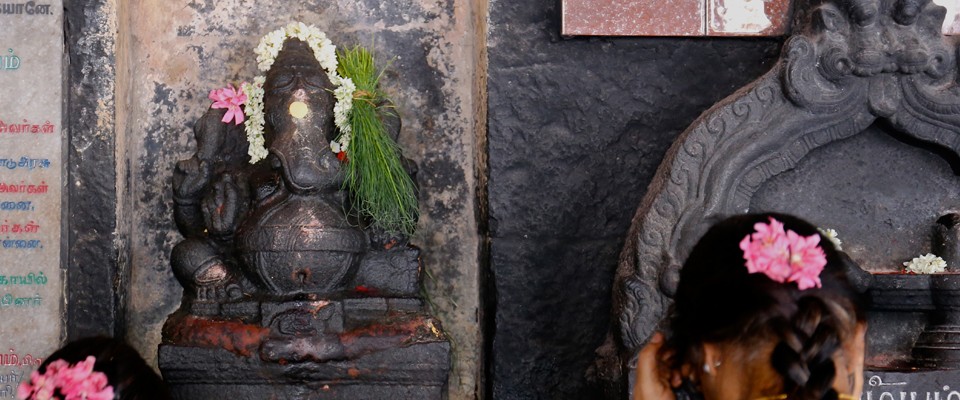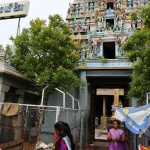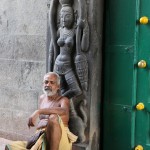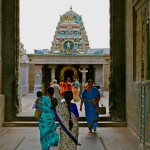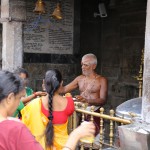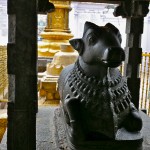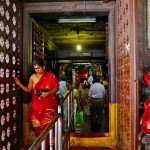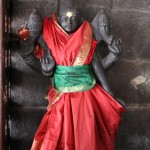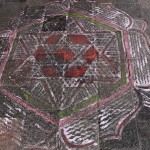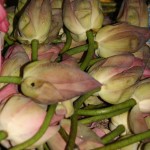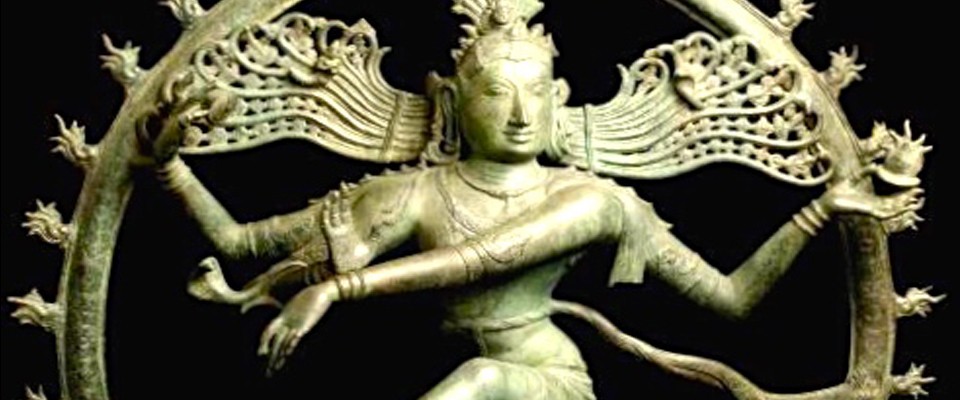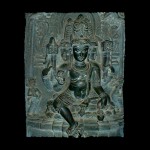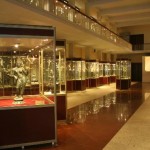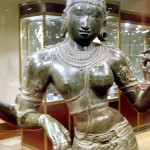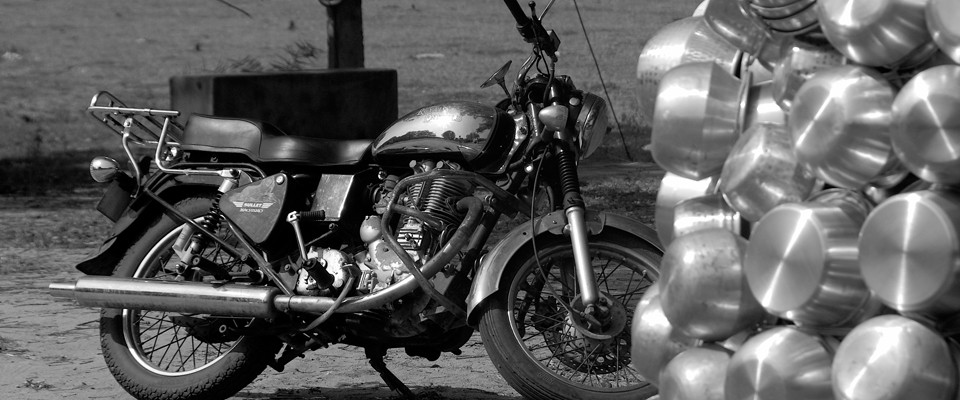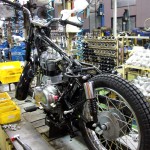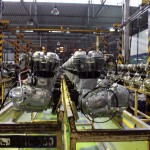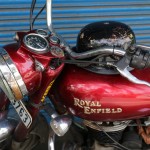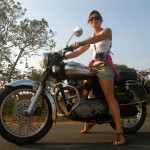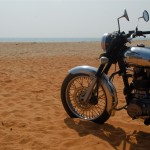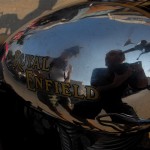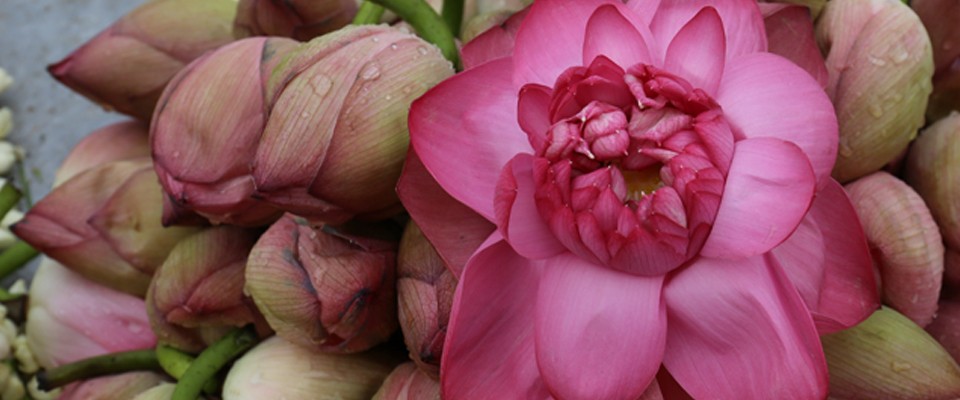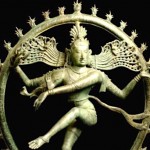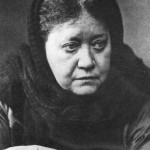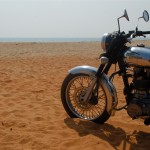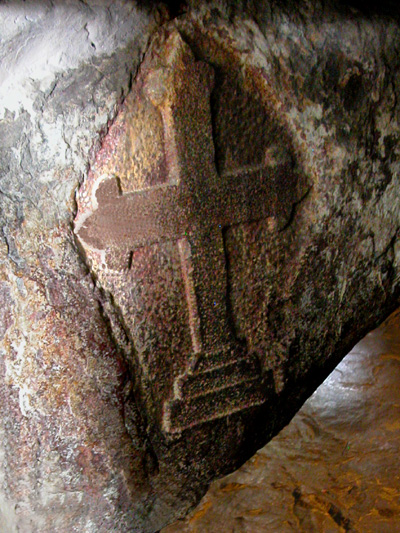Warning: Array to string conversion in /home/ashtangarc/www/wp-content/plugins/carousel-without-jetpack/carousel/jetpack-carousel.php on line 252
Chidambaram is known all over India for its famous temple devoted to Siva (Shiva) represented in Naṭarāja form, Naṭarāja or the “cosmic dancer”, dances the creation (Ananda Tandava). Dating back to the end of the Chola Empire during the XIIth century AD, the temple built on grounds covering 22 hectares, holds four large gopurams directed towards the four cardinal points. Depictions of Hindu myths are finely sculpted within the gopurams.
There are many symbols represented through “Shiva Naṭarāja”, the King of Dance :
- Shiva
- Shiva holds himself in a “circle of fire” known as thiruvāsi, which symbolizes the vibrant, rhythmic and cyclical nature of Life.
- Shiva presses down with its right foot on the demon Mulayaga in this way signifying the defeat of the evil that arises from ignorance, avidya.
- His left leg is held up in the air and symbolizes the path to salvation/righteousness.
- The palm of his first right hand is held forward, a gesture referred to as patāka, which denotes protection and the distancing from fear.
- In his second right hand, Shiva holds a tambourine (the ḍamaru) in a gesture called ḍamaru-hasta, which represents creation through the rhythm of Life, the passing of time.
- His first left arm is extended in front of his body; his hand pointing towards the foot, taking the mudra of kari-hasta position, that means, “Here I am”. It is in this way that Shiva focuses upon himself all that is, demonstrating the elevation and the liberation/emancipation through the jungle of ignorance.
- In his second left hand, Shiva holds the fire of transformation. That is to say the vital force, which is a symbol of the vital energy (Prāṇa).
- One can see on the left side of his face the crescent moon (Chandra), which symbolizes the highest degree of knowledge. This includes intellectual, sensorial and emotional knowledge.
- On the right side of his face the Ganges, in its fish form (Matsya) can be found. The Ganges is a symbol of water giving Life.
- On the left side of his body, the belt floating in the wind represents the withdrawal, the disappearance of illusion (Māyā).
- One can see a “Royal Cobra” coiled around Shiva’s waist, on his right side. This is an ancient symbol of fertility. In fact, it represents – through the remains of past universes – the seed of all future creations as well as immortality.
- A stoical face represents a brave attitude through adversity. Thus the neutrality of the expression implies balance.
Within the sanctuary of Naṭarāja, there is a temple devoted to Pārvatī known as Shivakami, the consort of Shiva. It is, in this space, that are represented the different dance figures in the style of Bharata natyam
Location :
The temple of Chidambaram is located 60 km South of Pondicherry (1h30 by car from Pondy and 3h30 from Mahābalipuram).
The temple is closed from 12:00 to 16:00.
